This year, two talented upperclassmen have joined SCUA through the Undergraduate Research Assistantship (URA) program to help us uncover some of the “hidden histories” of ISU through research into underrepresented communities in the university’s past. They are working on digital exhibits that will serve as a resource for future scholars, and both URA students will be writing blog posts throughout the school year to update you on their discoveries. Today, it is my pleasure to introduce the work of Amanda Larsen, who has chosen to research feminist activism at ISU.
-Rachael Acheson
Assistant University Archivist
Ghosts of the Suffrage Club
When thinking of the early days of campus life, it is easy to distance ourselves from those who were here at the turn of the century. Women on campus had to live in dorms with few exceptions, endure strict curfew rules, and were not allowed to leave the city without special permission. Despite the restrictions to their campus life, women on campus decided to take part in gaining the right to vote. So, they created the suffrage club.
On April 14th, 1916, the newly created suffrage club met for the first time. Around 150 women showed up to vote Ava Johnson as the president, Jeanette Knapp as the secretary, and Katherine McCarrell as treasurer. During the meeting, Dean Katharine McKay and those listed above spoke to the crowd. They goal of the club “was stated to be the support of the suffrage movement in Iowa with particular emphasis on the securing of pledges of votes favoring the suffrage measure to be submitted to the voters of the state in the June election.” One of the first speakers brought in by the “suffrage boosters” was Mrs. Carrie Chapman Catt, president of the American Woman Suffrage association and former student of Iowa State, for a highly anticipated lecture at the university.
Despite having 150 women at the first meeting, there is little mention of this suffrage club in the archives and no mentions of it in the Bomb (the yearbook). Ava Johnson, who was the president of the club graduated in 1916, but the suffrage club was not listed within her group involvement.
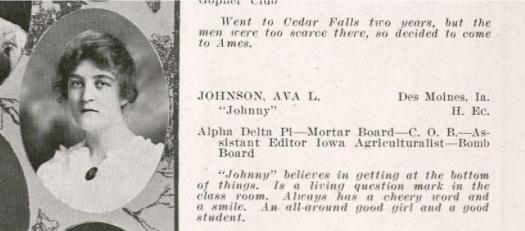
Nor is the club mentioned when Jeanette Knapp or Katharine McCarrell are listed the following year.
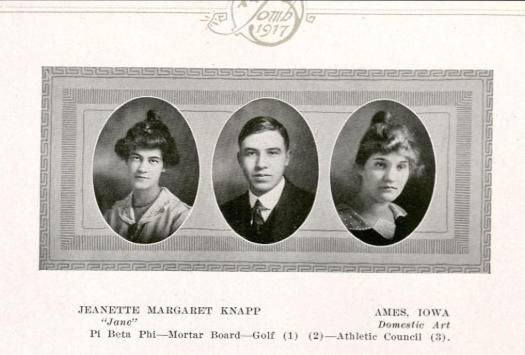

This was not the only suffrage club in Ames, but it is only one created by students at Iowa State. All the clubs in Ames, including the suffrage club, were focused on securing the votes for suffrage during the June 1916 election. The results of the vote were 2671 votes in favor of suffrage in Story County, while only 1606 voted against.
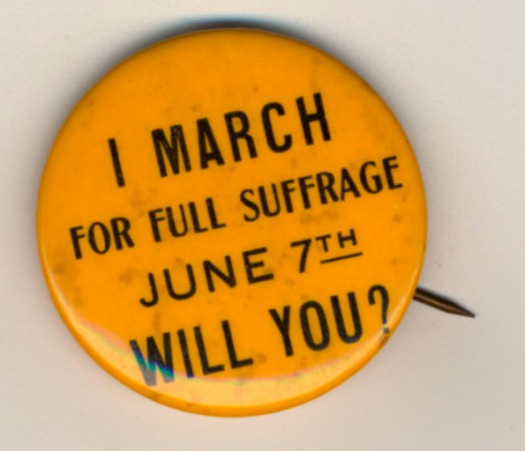

If you are a part of an Iowa State club or organization and have documents (any inactive records, meeting minutes, photographs, etc.) pertaining to the club, then please bring them to Special Collections on the fourth floor of Parks Library. Those records can be stored for future generations to have a better understanding of your club.
Meet the Author!
Amanda Larsen is in her third year at ISU with a triple major in criminal justice, psychology, and history. She has already proven herself to be a hard worker and innovative researcher, and SCUA is looking forward to watching her project unfold. She hopes that you have enjoyed the post!






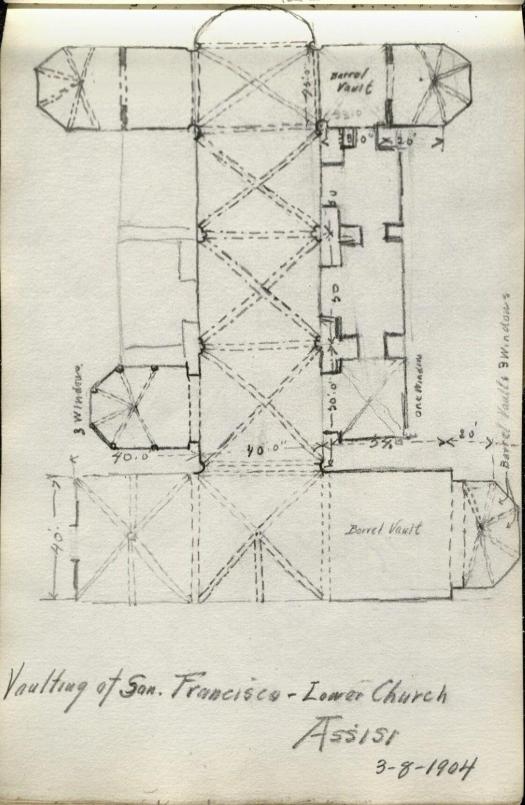




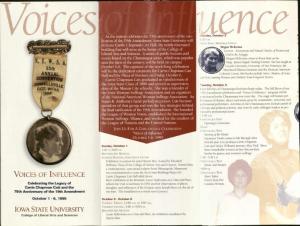



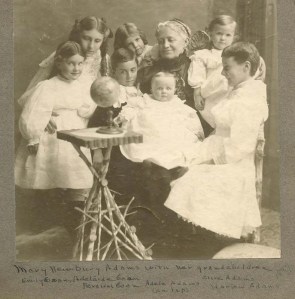



 Today, August 26th, marks the 90th anniversary of the 19th amendment becoming law, giving women in the United States the right to vote. What might Iowa State have had to do with women gaining the right to vote back in 1920? Carrie Chapman Catt graduated from Iowa State in 1880 at the top of her class. Catt worked diligently for woman’s suffrage both in the United States and internationally, and was the president of the National American Woman Suffrage Association (NAWSA) when the 19th amendment was passed. In fact, she was president of NAWSA for many years and came back to the presidency in 1915 to reorganize and strengthen the association. After the 19th amendment became law, she then helped organize the League of Women Voters.
Today, August 26th, marks the 90th anniversary of the 19th amendment becoming law, giving women in the United States the right to vote. What might Iowa State have had to do with women gaining the right to vote back in 1920? Carrie Chapman Catt graduated from Iowa State in 1880 at the top of her class. Catt worked diligently for woman’s suffrage both in the United States and internationally, and was the president of the National American Woman Suffrage Association (NAWSA) when the 19th amendment was passed. In fact, she was president of NAWSA for many years and came back to the presidency in 1915 to reorganize and strengthen the association. After the 19th amendment became law, she then helped organize the League of Women Voters.



